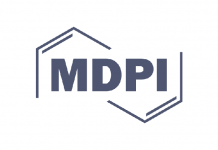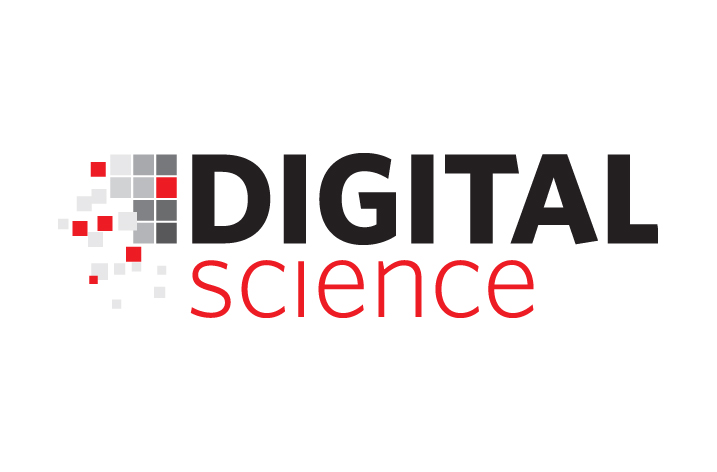
First-of-its-kind analysis charts Artificial Intelligence research trends across the world, with a focus on China, Europe and the United States, and finds a global ‘brain drain’ from academia to the private sector
China is growing in importance as a global leader in Artificial Intelligence (AI) research, and there is an increasing trend of researchers moving from academia to industry, especially in the United States, according to a new study released today by Elsevier, the information analytics business specializing in science and health.
The report shows that, globally, AI research has accelerated, growing by more than 12 percent annually in the past five years (2013-2017), comparing to less than 5 percent for the previous 5 years (2008-2012). By contrast, research output overall, across all subject areas globally, has grown by 0.8 percent annually over the past five years (2013-2017).
The Elsevier analysis finds that industry in the United States attracts the most AI talent from both local- and international-academia. In Europe there’s a stronger move of academic talent moving to non-European industry.
Over the last three years, the data shows Chinese academia attracting more AI talent than it is losing, confirming that the country is on track to establish a leading position in AI research. Having overtaken the United States in AI research output in 2004, China is set to overtake Europe and become the biggest source of AI research globally in the next four years, if the pace of current trends continues.
Another important revelation is that despite the increasing societal reference of AI and the media attention on the ethical implications of AI, academic research on the ethics of AI has been limited.
“The new generation of technologies, commonly umbrellaed as AI, are so important and yet, there appears to be no shared understanding of its exact definition,” said Dan Olley, Chief Technology Officer at Elsevier. “With this comprehensive study of research performance in AI we aim to provide clarity and new insights into the field’s dynamics, trends and parameters. The report is not a conclusion, but the start of a discussion on how we best enter the era of AI and increasingly symbiotic technology.”
Enrico Motta, Professor of Knowledge Technologies at the Open University in the UK, and expert contributor to the report, said: “This report applies extensive text mining and semantic analytics across literature from different sectors to uncover how to more comprehensively define the AI field – essentially using AI to map AI. It is the most comprehensive characterization of AI outputs across different sectors delivered so far.”
Reviewing 600,000 documents and over 700 field-specific keywords across four sectors – research, education, technology, and media – the semantic analysis reveals that the field of AI focusses on seven distinct research areas:
- Search and Optimization,
- Fuzzy Systems,
- Natural Language Processing and Knowledge Representation,
- Computer Vision,
- Machine Learning and Probabilistic Reasoning,
- Planning and Decision Making, and
- Neural Networks.
Of these areas, research in Machine Learning and Probabilistic Reasoning, Neural Networks, and Computer Vision show the largest volume of research output and growth.
Other regional findings highlighted in the report:
- International mobility and collaboration patterns suggest that China operates in relative isolation from the wider research community.
- Europe is the largest and most diverse region in AI scholarly output (in terms of research areas within AI), with high and rising levels of international collaborations outside of Europe.
- In 2017, India is the third largest country in terms of research output in AI after China and the US. Iran is ninth in publication output, on par with France and Canada. Germany and Japan remain the fifth and sixth largest in AI research output.
Data used in the report comes from Elsevier’s Scopus, Fingerprint Engine, PlumX, ScienceDirect, and SciVal, RELX’s TotalPatent, and further draws on public sources, including dblp, arXiv, Stanford AI Index, kamishima.net, and Kaggle, as well as datasets provided by the Institute of Automation, Chinese Academy of Science.
Analyses were further informed by experts from around the world who advised on the report’s development, including the research questions, methodologies, and analytics, and who provided a policy context for the findings.
Further information is available at the Elsevier AI Resource Center.
Journalists who wish to receive an embargoed copy of the report, or would like to schedule an interview with a report expert can contact: Sacha Boucherie at s.boucherie@elsevier.com or Doug Miller at dmiller@apcoworldwide.com

























